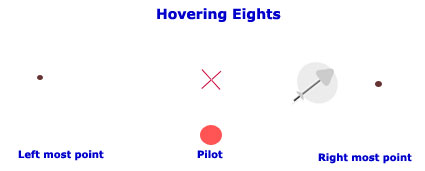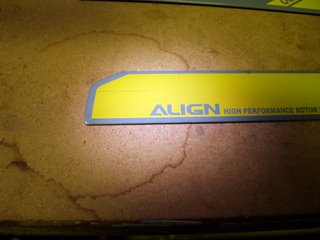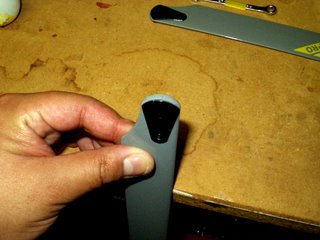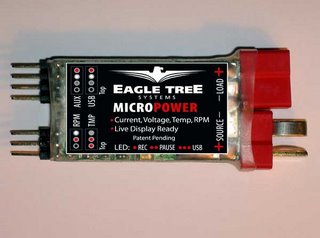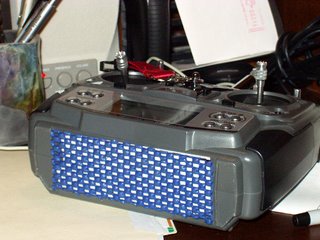P20 and P21
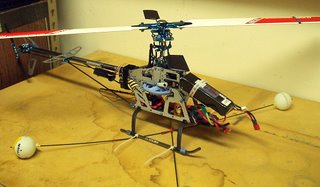
More left and right hovering. Had a panic attack when going left to right, side-on (again). I've noticed that when I was having the attack that I tend to freeze and not move the sticks at all. Fortunately, I froze for just a moment and then flew my way out of trouble.
I'm flying with the 325 pro blades. I haven't noticed anything different yet between them and the 315 pros I had previously except a slight decrease in headspeed when I increased the collective quickly to stop the helicopter from decending too quickly. I could hear the motor pitch go down, something that I hadn't heard before when using the 315s. I'll have to pay more attention the next time and try to really hear it. Also, the blade with the blue tape tracks a litle high. I must remember to adjust that before the next flight. I do like the white and red color scheme. The rotor disc is much more visable than the grey and yellow scheme of the 315s I had. I believe Align also makes 315 red and white pros. Perhaps those are the ones that will suit me the best.
I received my Hyperion balancer and have balanced charged all my packs. I like the Hyperion balancer, the instructions are quite clear and it is easy to use. I have found that my two Align packs were a little out of balance. The only thing that's a little disappointing about the Hyperion balancer is that the stock balancing harnesses that come with it are not compatable with either Thunder Power or Align. to balance my Align batteries, I have to use two adapters, a Thunder Power to Hyperion adapter and a Align to Thunderpower one. It's a little kludgy but it works.
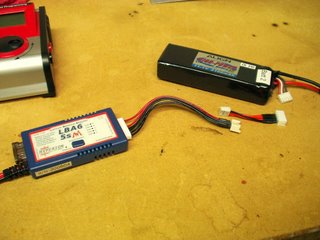
I'm charging up my new Thunder Power Prolite 3s 2100. I'm curious to see if there is any difference between this battery and my Aligns. From what I've read on the helicopter forums, there is no need to balance charge everytime you charge the packs. I think I'll do a balance charge every 10 flights or so, once every three charges. That should keep my packs at a good level of performance.
